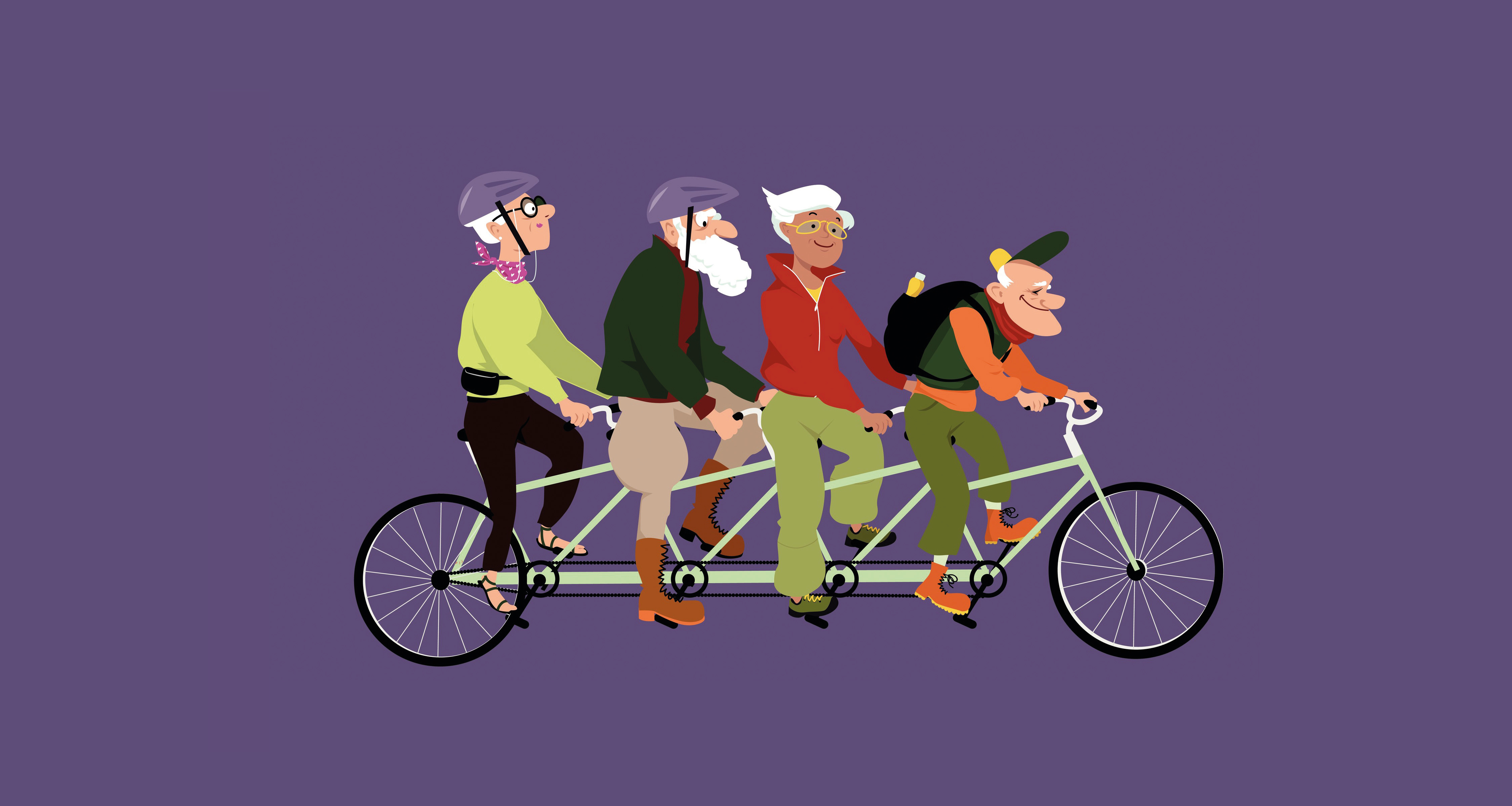By Caroline Tapp-McDougall
Want to live a longer life in good health? We’ve all heard of the need to make behavioural changes like quitting smoking, exercising, or reducing calories that can make a difference. But, the latest research shows that health span and figuring out how to ‘repair’ ourselves in the long haul is what matters.
Defined as ‘the period of life during which one is living well, enjoying good health, and free from serious diseases,’ health span has become a much-desired state and a socioeconomic issue. Being past one’s health span means living in a state of chronic sickness with one or more degenerating conditions.
Health Adjusted Life Expectancy
While there are good biomarkers for serious diseases like heart disease, there aren’t great biomarkers for some of the other leading causes of death, such as most cancers.
However, now that health span has been recognized as having global social and economic consequences, the World Health Organization (WHO) has developed HALE – Health Adjusted Life expectancy at birth ‒ setting it at 79.8 for males and 83.9 for females in 2018.
HALE is a measure of population health that considers mortality and morbidity. It allows experts to figure out the average age at which the first occurrence of serious disease occurs, adjusts overall life expectancy by the amount of time lived in less than perfect health, and figure out incidences. It shows that on average we live up to 20 per cent of our lives in an unhealthy state.
What can be done to improve one’s HALE? Firstly, the physiological effects of social interaction, brain stimulation, and physical activity are big health span determinants.
Secondly, and perhaps, more impactfully, the adoption of lifestyle changes that have proven to seriously delay the onset of most serious diseases is necessary. It’s maintaining a healthy balanced diet with moderate, sustainable exercise routines, without smoking, and with limited use of alcohol.
The third point is concepts where we can ‘repair’ ourselves. Research is taking place on therapies that work on a molecular level such as dietary manipulation to reduce the risks associated with being overweight.
Early research and clinical trials, although sometimes conflicting, show evidence that fatty acids, energy ‘currencies’ such as glucose and oxygen, and antioxidants such as NAD+ can positively influence the reparability of various tissues.
Anti-aging Biology
Expect to see public health experts and researchers referring to ‘geoscience’ and ‘first health revolution’ as they explain the need to reduce the rising economic and live-style challenges of the late-onset disease.
The central tenet of geoscience is that the molecular and cellular damage that leads to the start of the diseases of aging begins long before people appear sick. Of course, risk peaks after s0 years of age, but the interwoven hallmarks of aging and genomic instability start in our 20s or 30s. The things that are being looked at include telomere attrition, stem cell exhaustion, and epigenetic alterations.
For instance, there is evidence to suggest that the present outer limit on human life span is determined by the accumulation of transthyretin amyloid in the cardiovascular system which leads to heart failure. This is apparently what kills the majority of supercentenarians. Clinical trials are underway to find ways to clear transthyretin amyloid, thus making the body ready and amenable to repair.
Geoscience interventions like the above targeting molecular processes that underpin the aging of our bodies and minds much earlier and fix them at their roots before decay starts hold amazing promise. Availability, who will pay for therapies, how benefits and healthcare providers flex, and what opportunities there for organizations when employee ‘red-zoning’ is no longer in the cards, are things to be worked out.
But for now, let’s begin to inject health span thinking into our wellness cultures as a good first step. It’s the way of the future – no doubt.
Caroline Tapp-McDougall is the publisher of ‘Caregiver Solutions: For Today’s Family Caregiver’ and author of ‘The Complete Canadian Eldercare Guide.’













